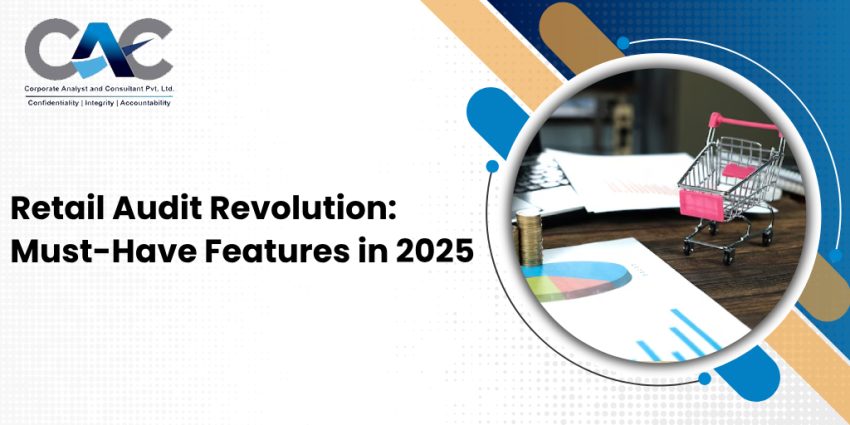In today’s fast-paced retail environment, maintaining accuracy, compliance, and efficiency across multiple store locations is crucial. This is where audit software for the retail industry comes into play. It helps streamline operations, identify discrepancies, and ensure adherence to company standards and legal regulations. However, with numerous solutions available, how do you select the right one? Let’s explore the top features to look for in audit software tailored specifically for the retail industry.
Customizable Audit Checklists
Every retail company has its own different way of doing business based on its size and product range, as well as the regulations of rules in that region. Positive features of good audit software in the retail industry are that the product must have customizable audit checklists. This enables organizations to tailor audits to their specific operations and other requirements. Creating audits with safety, health and merchandising procedures, inventory development and controls should all be adjustable according to custom internal requirements; the software enables.
Real Time Data Collection and Reporting
The late data processing in the retail industry may lead to lost opportunities or unknown issues. Instant reporting and real-time data collection are essential. Quality audit software can also advance the field auditors and store managers to feed in their findings on-site using mobile devices. This information is automatically synced to a central dashboard that allows the management to know instantly the performance rates of different store locations.
Mobile Accessibility
The retail audits are prone to being carried out in several places. Audit software should be responsive, and auditors can work using smartphones or iPads. Mobile accessibility also means the ability to go to the sales floor, or storage rooms or at checkout counters without being chained to the desktop, making it more convenient and faster.
Integrated Photo and Document Capture
Visual evidence may be very important in auditing. Audit software for retail businesses must enable users to attach photos, videos, or documents directly to an audit report. This assists in creating context, as well as identifying where non-compliance needs to be flagged or where physical exceptions are required for particular in-store arrangements or product placements.
Task Management and Follow-Ups
The detection of problems in the course of an audit is just the beginning. Its program should have an effective task management policy identifying follow-up tasks for the applicable staff members. The notifications, the reminders, and the achievement of progress guarantee that the problems will be solved in time. This would complete the loop as far as compliance issues are concerned and lead to constant improvement.
Offline Functionality
The issue of connectivity may be sketchy in certain stores or distant storage warehouses. The offline data recording, where work is continued and then synced at a later date, also allows a straightforward workflow. This aspect makes the audit software applicable and reliable to the retail industry wherever they go.
Data Analytics and Dashboard reporting
A capable analytics engine may prepare raw audit data and transform it into opportunities. Seek Software that provides time, location, audit type and performance score filters in the dashboards. This assists the retailers in determining trends, risky areas, and repeating problems that would need strategic responses.
Conclusion
When selecting the audit software in the retail industry, one should not only tick off basic functions. It is all about making sure that the tool adapts to your operational aims, makes the businesses more transparent and better at making decisions. Whether it is real-time reporting or tracking tasks and graphical documentation, these are some of the features that enable retail businesses to operate more efficiently, comply, and succeed in the long run.
















